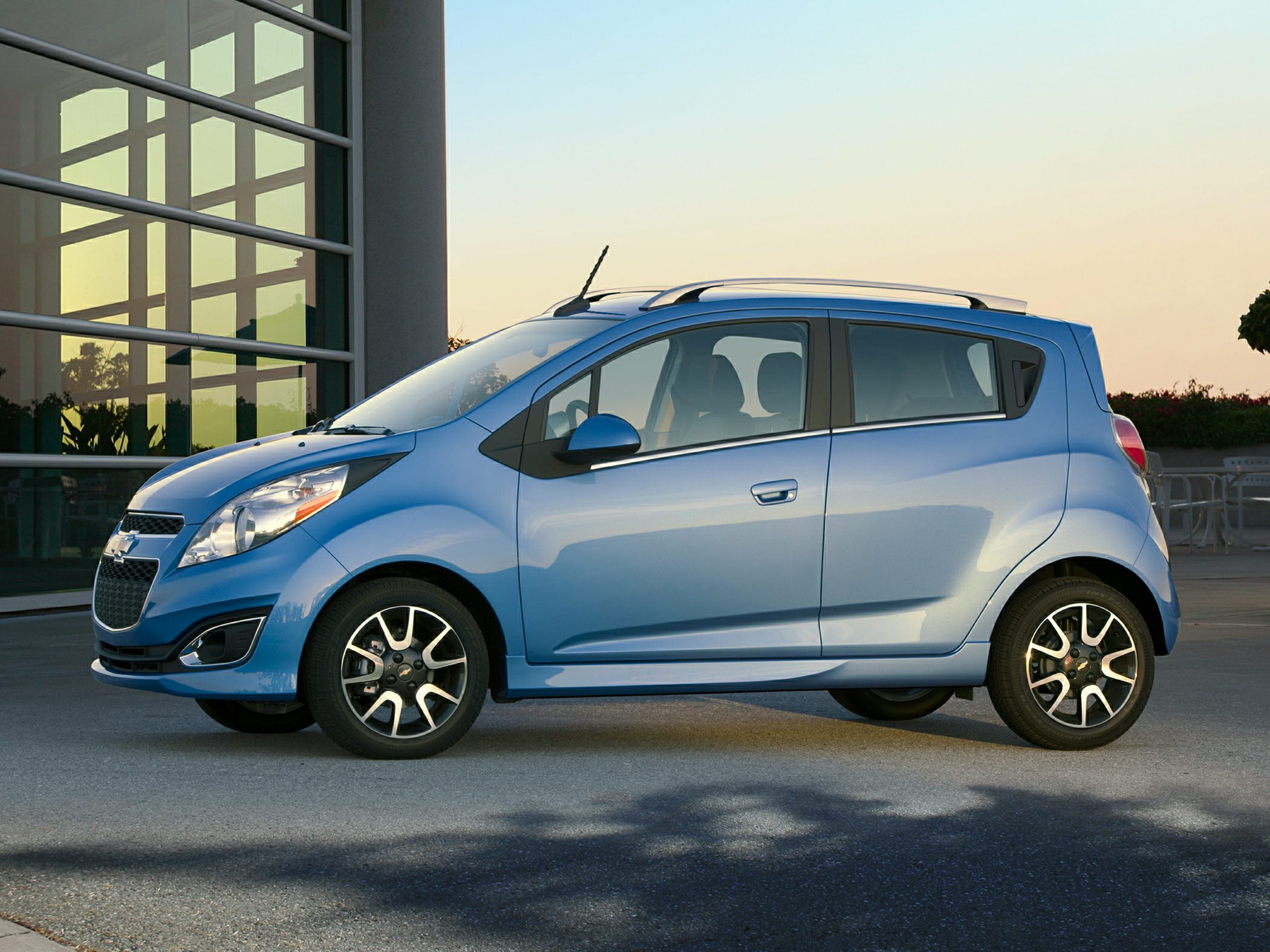You’ve turned the engine, flicked the headlights on and the first thing you notice is that one or both of your lights are out. Yes, it’s time to start looking for a replacement bulb. If you’re driving something a little older, you’ll probably be hunting for standard halogen bulbs. Driving something produced in the last 5 years? Then your car might be fitted with Xenon HID lamps instead.
In this post, we’re highlighting some of the key differences between these two headlamp bulb designs. Thinking of buying a new car? Have a look through this comparison and see if Xenon HID headlights are one of the boxes you’d really like to tick.
Estimated colour temperature
The colour temperature of a headlight bulb is labelled in K (Kelvins). The more Kelvins a colour temperature has, the more the colour is pronounced at the cost of visual clarity. Most Halogen bulbs will be around 3200K – 5000K, while almost all Xenon HID bulbs start at around 4000K. Xenon HID bulbs have a higher lumen count (by as much as 200%), so the higher Kelvins act as a dampener that ensures the light Xenon bulbs produce is strong yet manageable. What you get from a Xenon D3S bulb is an incredibly efficient light source that can also have a great degree of colour which gives the headlamp a sharp, premium look. Lumro, for example, offers their D3S Xenon HID bulbs in 4 striking colour temperatures.
Lifespan
This is perhaps the area where Xenon HID bulbs are most advantageous over typical halogen bulbs. Most conventional halogens will have an estimated working life of fewer than 500 hours. If you use your lamps on average for around 3 hours per week, your halogen lamps would be estimated to last just over 3 years. Philips D3S bulb is a Xenon HID light that is designed to last up to 2,500 hours. If used for 3 hours per week on average, these bulbs could last over 16 years!
Their impact on the environment
HID stands for High-Intensity Discharge. These bulbs work in a very different way to halogen bulbs. In a halogen lamp, the light has a filament which is heated up to produce the glow. HID headlight bulbs are filled with gas that is charged with electrodes to create the light. As a result, Xenon bulbs use no mercury, they can produce a brighter, whiter light than a halogen bulb, and are far better for the environment due to their superior efficiency.
Those are the key differences between Xenon HID headlamp bulbs and conventional halogens. You can see why the motor industry is certainly heading more in the direction of the far superior Xenon bulbs and why most modern cars are now built with Xenon headlights as standard. We hope you’ve found this quick overview helpful and that you’re now more confident in your search for the perfect headlights going forward. Now all you have to do is pick a colour!

































